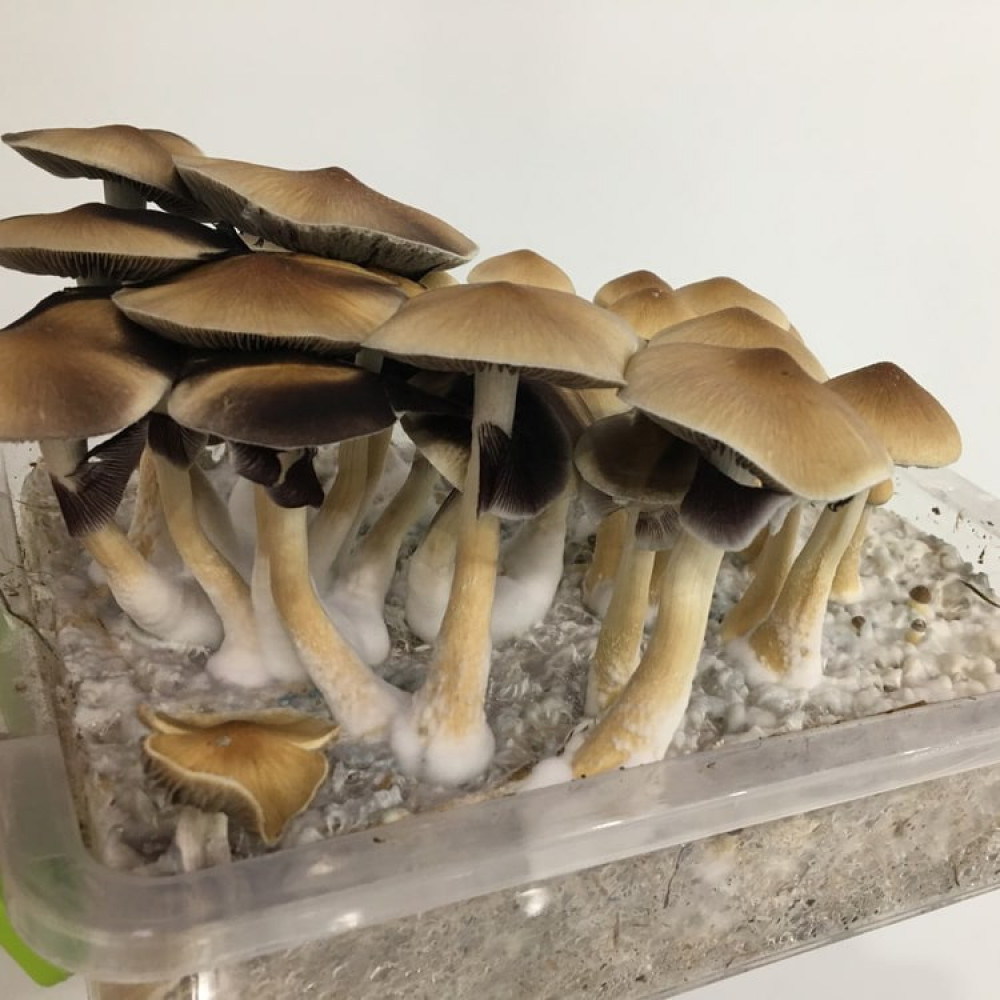Tapalpa mushroom spores are a unique specimen for mycological research, classified among psilocybin strains. This variety is known for vigorous mycelial growth, resistance to environmental stress, and its ability to produce consistent, abundant yields. Thanks to its strong viability and attractive morphology, Tapalpa spores are widely valued by researchers.
Tapalpa Psilocybin Mushroom Spores for Scientific Study
High-quality spores intended for microscopic observation make it possible to study spore formation, substrate colonization speed, and resistance to challenging conditions. The Tapalpa strain originated from wild spores obtained from an amateur mycologist in Guadalajara and was named after the Tapalpa region in Mexico, where it was first discovered. The spores were later introduced to the U.S., where they gained popularity within the mycological community.
Tapalpa mushrooms are small in size but highly productive. They grow in dense clusters and produce reliable harvests over multiple flushes. Caps are rounded, golden-brown with white spots, and stems typically remain white. The strain is known as an aggressive colonizer, resistant to mold and bacterial contamination, making it suitable even for beginners in mycology.
For those seeking spores for scientific use, Tapalpa offers an excellent balance of resilience, yield potential, and visual appeal — making it a popular choice among researchers of psilocybin fungi.
*Spores do not contain psilocybin and are intended strictly for taxonomic and mycological research only.

No questions about this product, be the first and ask your question.







